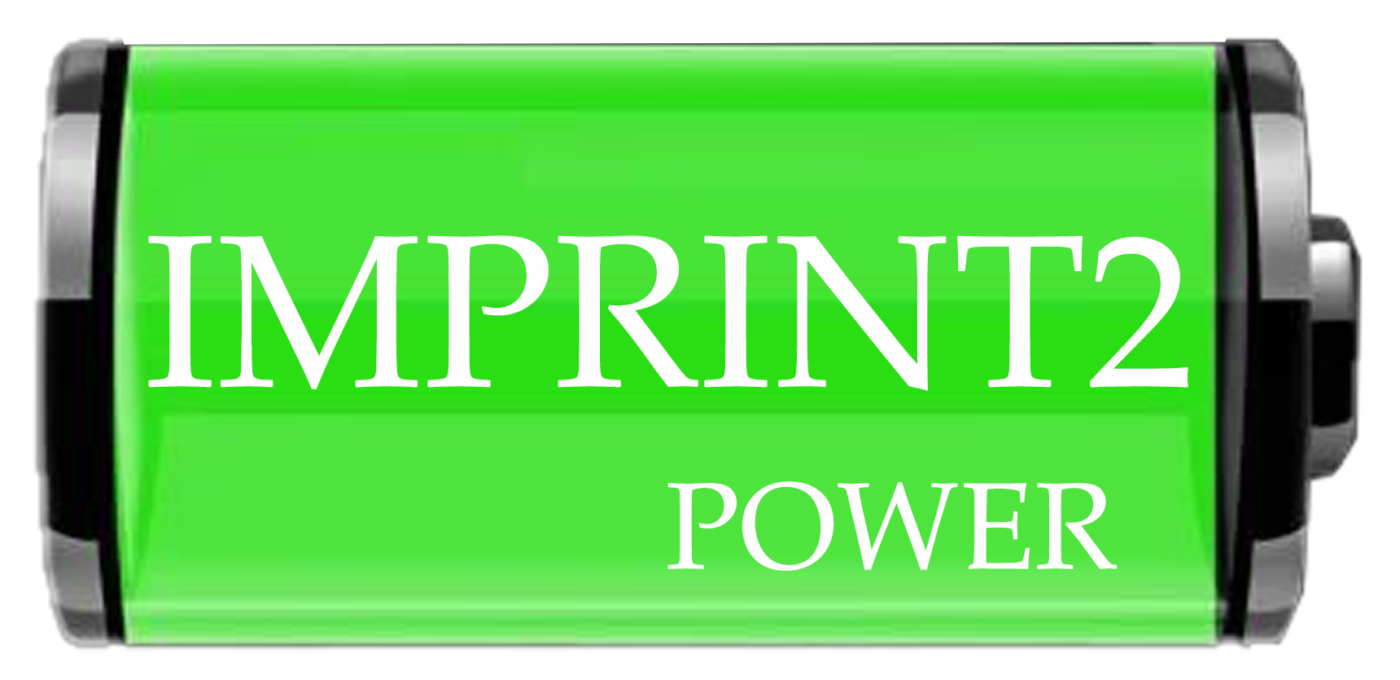With the popularity of smartphones, the bottleneck of the battery becomes extremely difficult! The rapid development of electronic technology has not driven the development of battery technology. For decades, batteries have been dragging the back of technology! Smartphones, drones, and electric vehicles all use lithium batteries. But lithium batteries have big drawbacks – not much power storage, frequent charging, short lifespan! These shortcomings greatly limit the development of electronic products and electric vehicles!
Bypass traditional lithium batteries and introduce some new battery technologies! Maybe some battery technology will dominate the future.
Lithium-air battery
Lithium-air refers to the use of oxygen as the oxidant, not the material. It could reduce the price of batteries to one-fifth of current lithium-ion batteries, and allow phones and cars to last five times longer than existing lithium-ion batteries. With the development of lithium-air battery technology, I believe it will come to the lives of our ordinary people! Perhaps the same as the popularity of lithium batteries, lithium-air batteries still need five to ten years to become a reality!
plant battery
Plant batteries, which use energy from water and plants’ photosynthesis to charge devices, both tablets and phones. Luckily: the plant-based battery is already on the market. Bioo can charge electronics two to three times a day! The standard is 3.5V voltage and 0.5A current, and it also has a creative rock-shaped USB port. This is just the beginning, imagine an entire forest powering us in this way. Cities can not only have 100% green energy, but also preserve vegetation!
Bioo
Gold Nanowire Battery
Nanowires are a thousand times thinner than a human hair, saving a huge amount of space for batteries in terms of volume alone. But they always crash when charging. Fortunately, the researchers encapsulated the gold nanowires in a manganese oxide shell and placed them in the electrolyte to avoid this situation. After that, in the experiment of 200,000 charge-discharge cycles, no battery collapse was found. This means that this battery technology has made a breakthrough! The battery of the future will be immortal and not broken! Gold nanowire batteries are likely to be an ideal energy source for electric vehicles, spacecraft and mobile phones!
Graphene car battery
Graphene batteries are the big trend of the future. A company called Grabat has developed a new graphene battery that could provide electric vehicles with a range of up to 500 miles.
The researchers said: The battery can be fully charged in just a few minutes, and the charging and discharging speed is 33 times faster than that of lithium-ion. The discharge speed is very important for the starting of the car. If the discharge speed is too slow, the battery will not be able to release a lot of energy to the engine in a short time, which will affect the starting time of the car! At 2.3v, the specific energy of Grabat is very large, about 1000Wh/kg, while that of Li-ion is 180Wh/kg.
skin friction battery
Researchers have created a device that can use the friction of human skin to charge electronic devices. 12 small LED bulbs can be charged just by dabbing the skin with your hand. It means that future wearable devices or smart clothes will not need built-in batteries.
Here’s how it works: The electrodes can collect the current, using a 50nm gold film. The gold membrane sits beneath a layer of silicone rubber made up of thousands of tiny pillars, which helps increase the surface area for effective skin friction, creating more friction. Since the bulky skin is a triboelectric layer, this means the device can be small.
Nano battery
The nanobattery is 80,000 times smaller than a human hair, and its maximum stored electrical energy is three times higher than that of current lithium batteries. The key is that it can be fully charged within 12 minutes and can be charged and discharged thousands of times. The key to nanobatteries lies in tiny “nanopores”, which act as many small batteries, and these many small batteries form a large cell like a honeycomb
sodium ion battery
Scientists in Japan have been working on sodium-ion batteries. Sodium is one of the most common materials on earth, while lithium is very rare, which means that the raw materials for batteries can be reduced a lot, and people don’t have to worry too much about sodium being used. Finish! The most important thing is that the efficiency of sodium-ion batteries is 7 times higher than that of conventional batteries! Experts expect the commercialization of sodium-ion batteries in the next 5 to 10 years!
Ryden Dual Carbon Battery
A Japanese company called powerJapanPlus has announced the new battery technology, called Ryden Dual Carbon. The battery life will not only be much longer than lithium batteries, but also charge 20 times faster than lithium batteries! It has a relatively longer lifespan, capable of lasting 3,000 charge cycles, and the dual-carbon battery is safer and less likely to explode. Dual carbon batteries use carbon materials, which protects the environment.
Believe in the emergence of these batteries
will create infinite possibilities for our future

